Human Powered Vehicle
Berkeley HPV Team, 2020 - 2021
For the 2020-2021 cycle, we competed in the ASME virtual design competition in April - May 2021.
We were responsible for designing and performing simulations on a recumbent bicycle built for
speed, endurance, and obstacle competition. As the team lead, I built and managed the top-level CAD assembly, while overseeing
progress for our drivetrain, frame, and fairing teams, leading meetings, coordinating design reviews, and handling club logistics.
Our bike was designed with a focus on stability, ease of use, and adjustability, without sacrificing performance. The bike features a
compound chainring-internal hub drivetrain, to allow for static shifting and a variety of speeds. The aluminum chassis is lightweight
and easy to manufacturing, while allowing seat adjustability. The combined assembly, along with the fairing, is shown below.
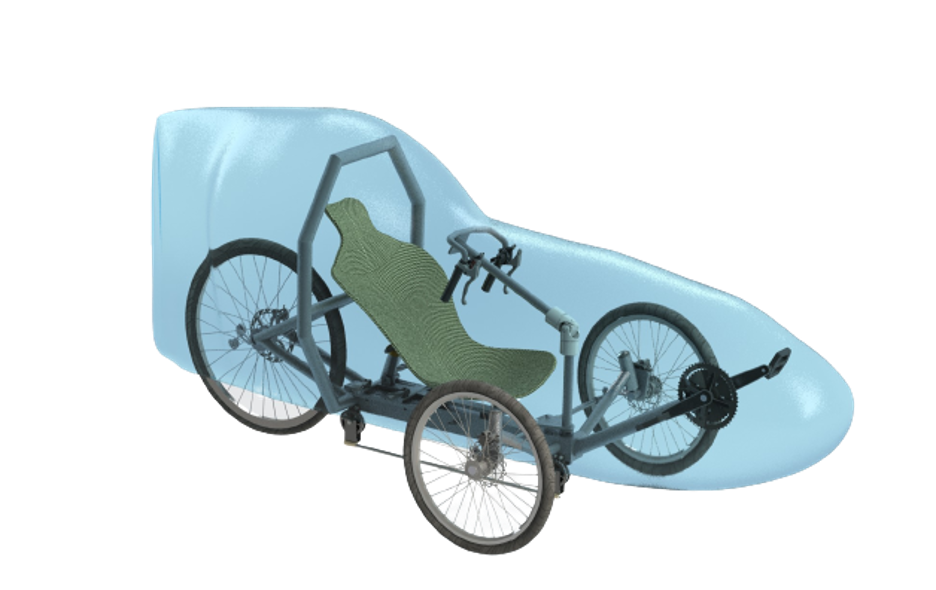
We placed 2nd in the 2021 ASME Human Powered Vehicle Design Competition, out of 90 teams. Our final report can be found here. Our team looks forward to building our bike, with our machine shop open this smester, and racing it in future competitions.
Automatic Pizza Cutter
ME 130 (Design of Planar Machinery), October - December 2020
For the 2020-2021 cycle, we competed in the ASME virtual design competition in April - May 2021.
Designed a pizza cutter using mechanisms we learned from the design of planar machinery course. The cutter of our machine
used a slider-crank mechanism, while the turntable featured an adjustable geneva wheel. This design allowed for repeatable
cuts while allowing for a discrete turning base to create even slices with a standard DC motor.
We also completed FEA analysis and torque simulations. All project details can be found in our
report.
Broken Chords - A Short Story
Personal Project, April 2021
Wrote a short story about a struggling gig musician. The manuscript can be found here.
3D Printed Face Shield Donations
Personal Project, April 2020
3D printed and assembled face shields to donate to local hospitals amidst the COVID-19 pandemic. Worked with my brother to reach out to hospitals to assess needs as well as to verify which designs were acceptable for medical use. Ultimately donated 200+ shields until there was no longer a PPE shortage.
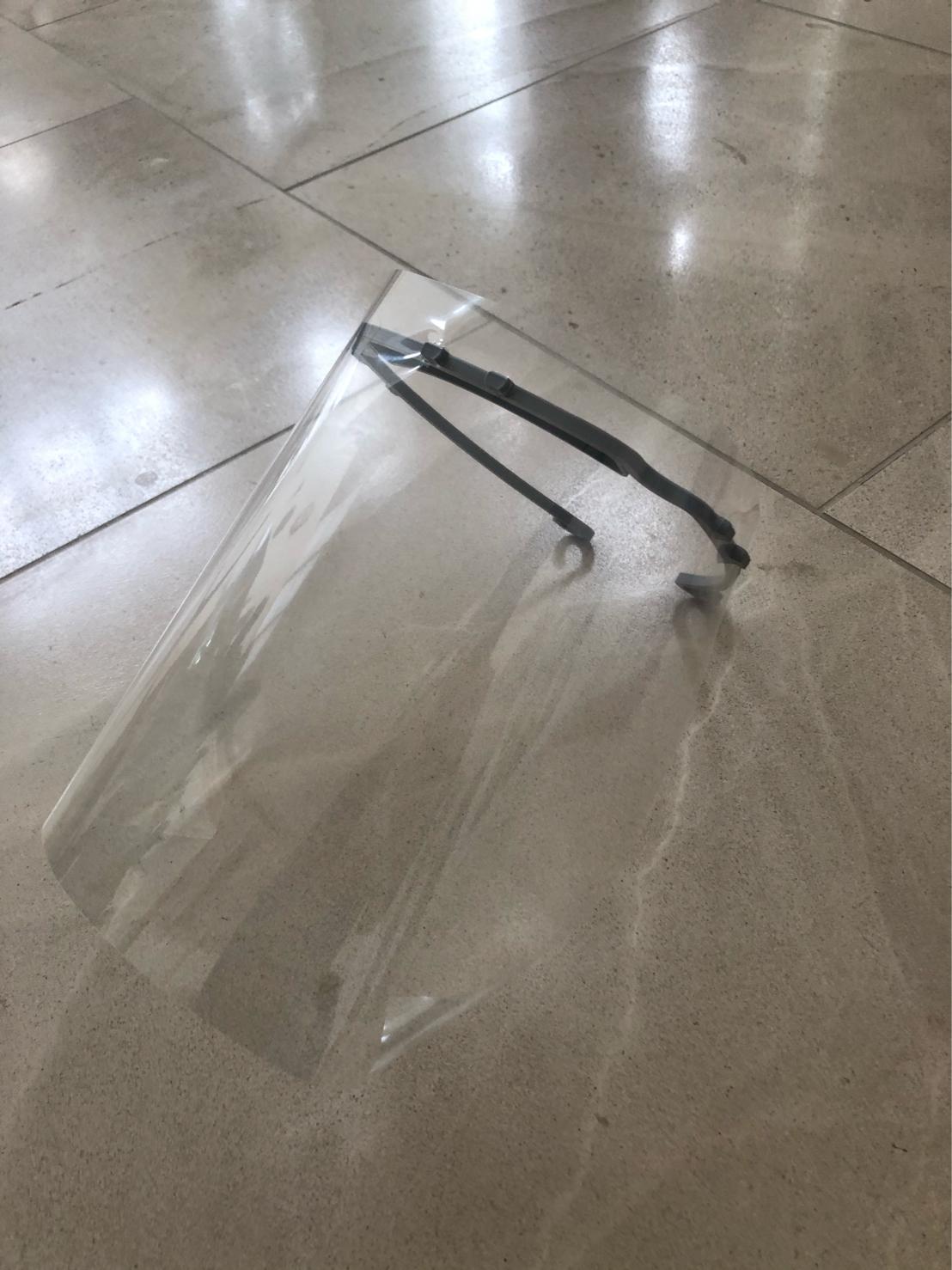
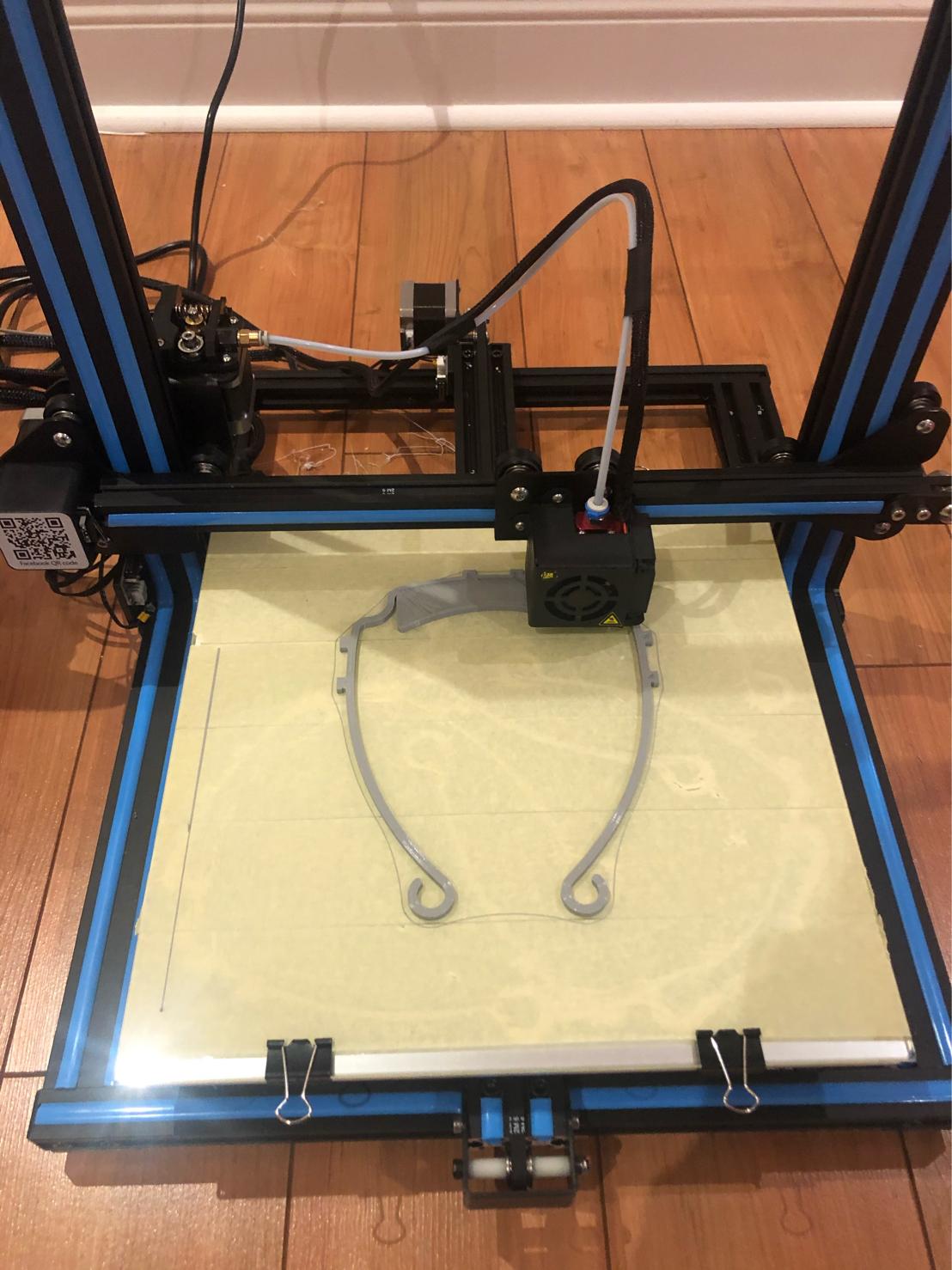
Snowboard Helmet Mount
E27 (Intro to Manufacturing and Tolerancing), May 2020
Designed a snowboard helmet mount that allows smartphones to be used as action cameras. This provides a low-cost alternative to professional cameras such as GoPros. Manufacturing processes, fits, and tolerances were specified for prototype and large-scale manufacturing. The project report can be found here.
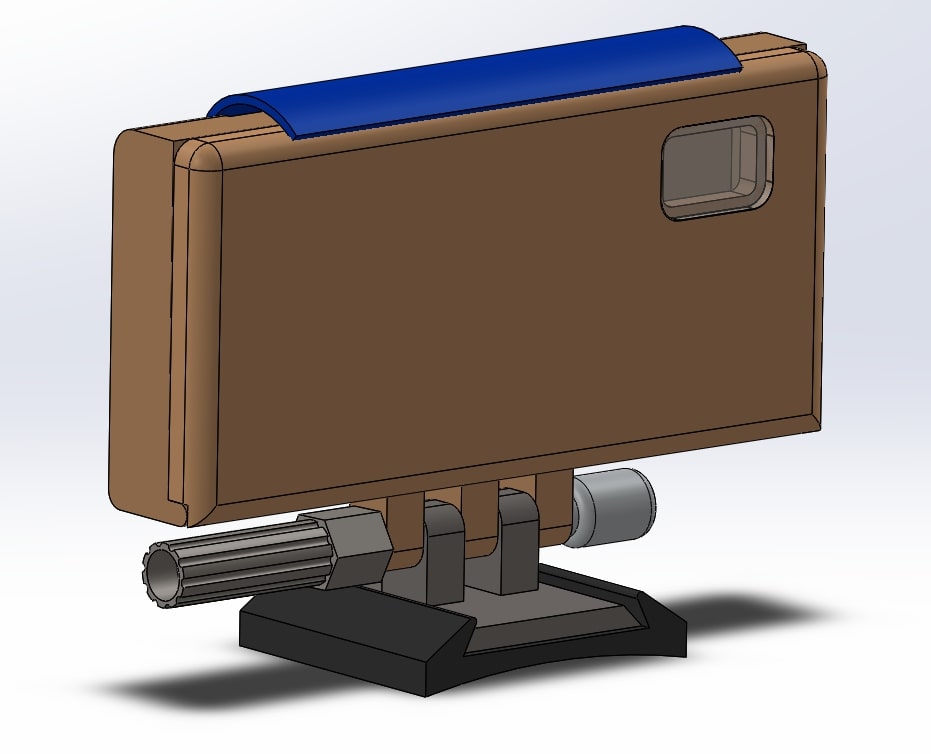
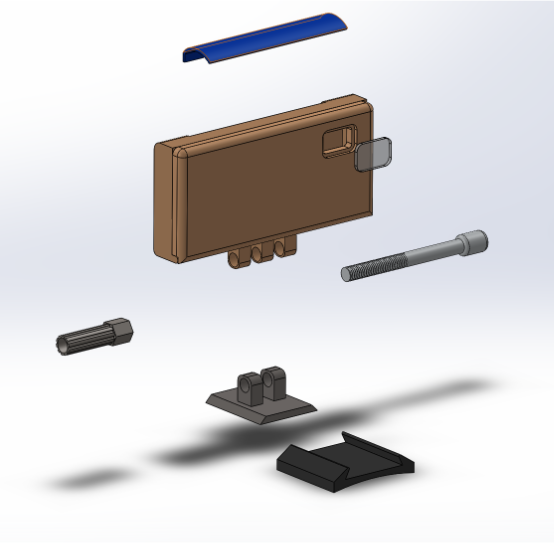
Sheet Roller Design and Simulation
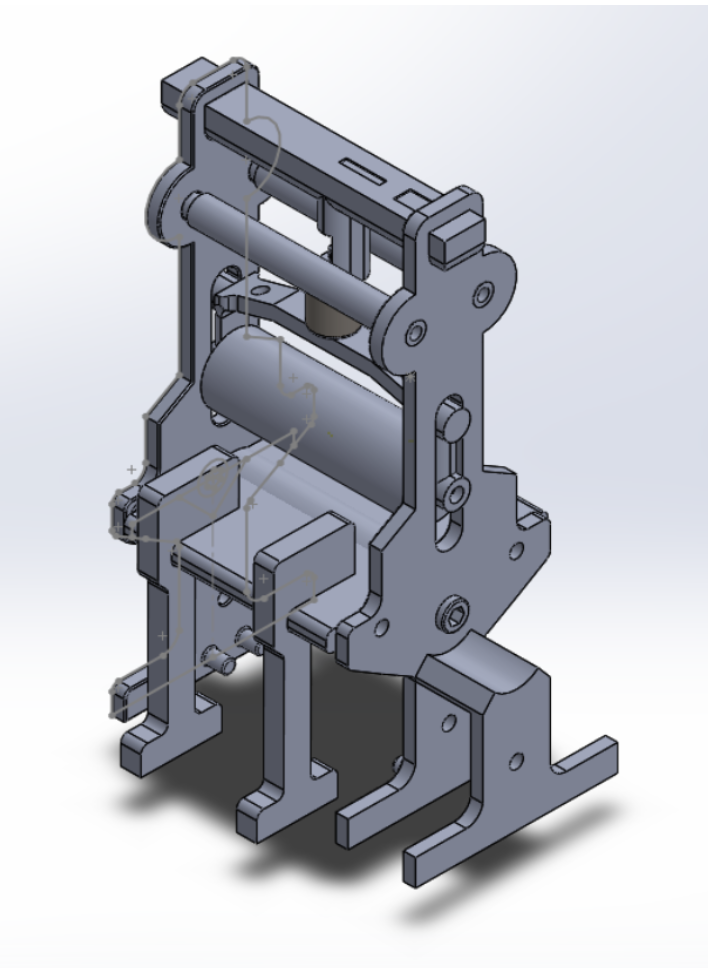
ME122 (Processing of Materials in Manufacturing), April 2020
Scaled down a hot rolling machine to design a tabletop rolling machine capable of flattening sheets of plasticine. As student shops closed due to the pandemic, simulations were performed to evaulate and assess weaknesses in the design. A website and paper were made for the project.
AutoGoalie: Automatic Soccer Goalie Game Simulation
ME135 (Design of Microprocessor Based Mechanical Systems), May 2020
Used LabVIEW with PSoC to simulate a real-time mechanical goalie minigame. The primary state machine system in LabVIEW connected to a ball trajectory simulation subVI, a PSoC 5LP board to simulate mechanical actuation, and a ball-tracking vision demonstration built using the LabVIEW vision development module.
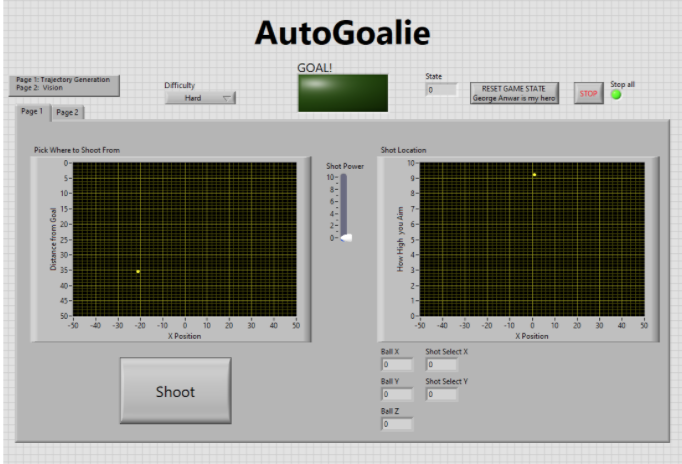
Human Powered Vehicle
Berkeley HPV Team, 2019-2020 Cycle
Designing and manufacturing a bike capable of traveling 60 mph for the 2020 World Human Powered Speed Challenge. As the frame team lead, I am responsible for leading a team of five engineers to build the frame of the bike and integrate it with the drivetrain, fairing, and electronic systems.
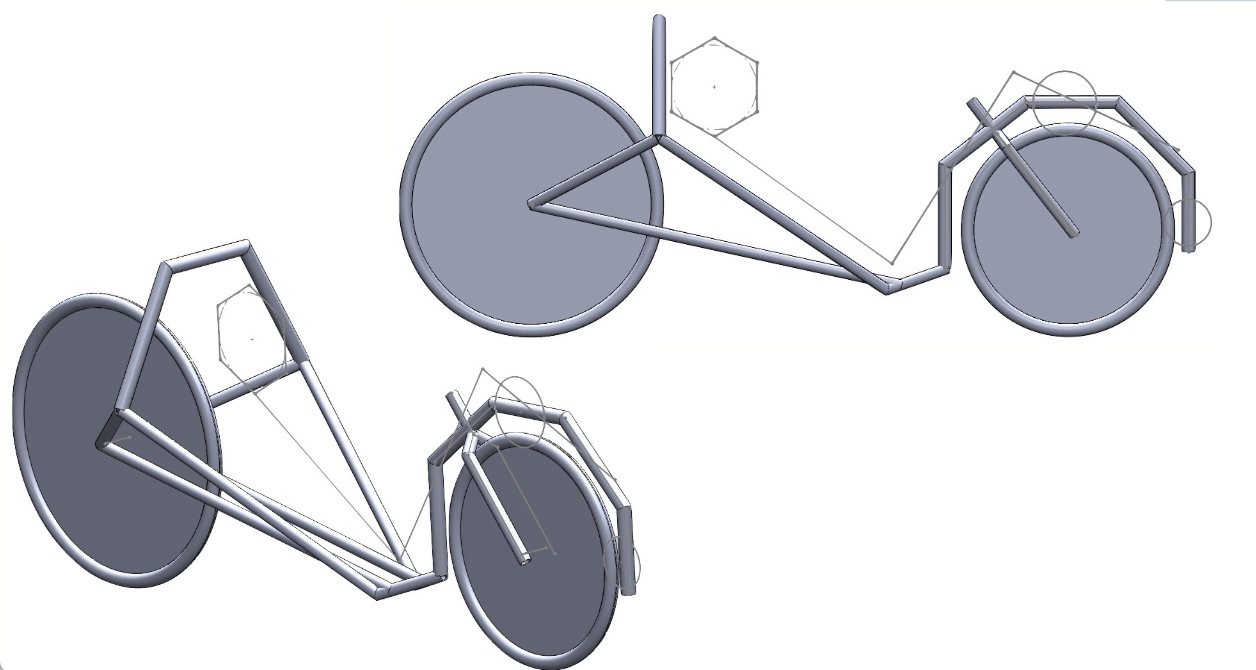
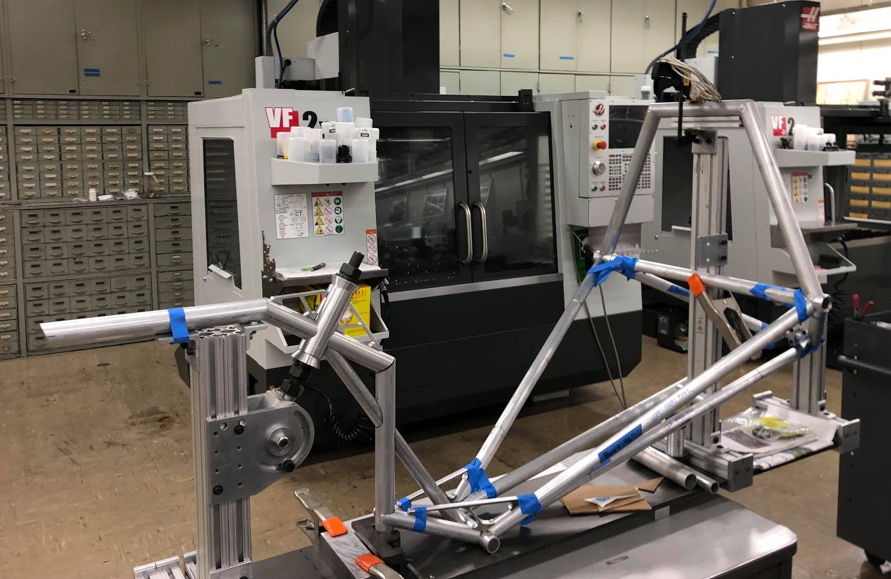
The frame was initially designed in SolidWorks. It features a roll cage design to allow for stability while limiting the total weight. From there, after several rounds of prorotyping, it was manufactured in the Berkeley mechanical engineering machine shop. We cut and notched the tubes using a mill, band saw, and files, before the tubes were welded together.
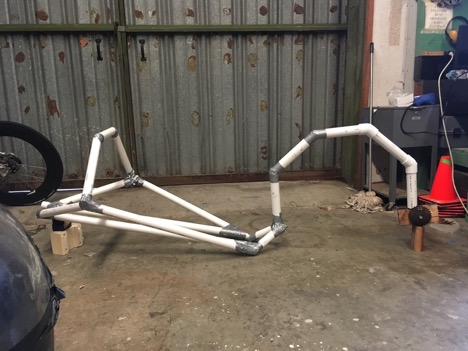
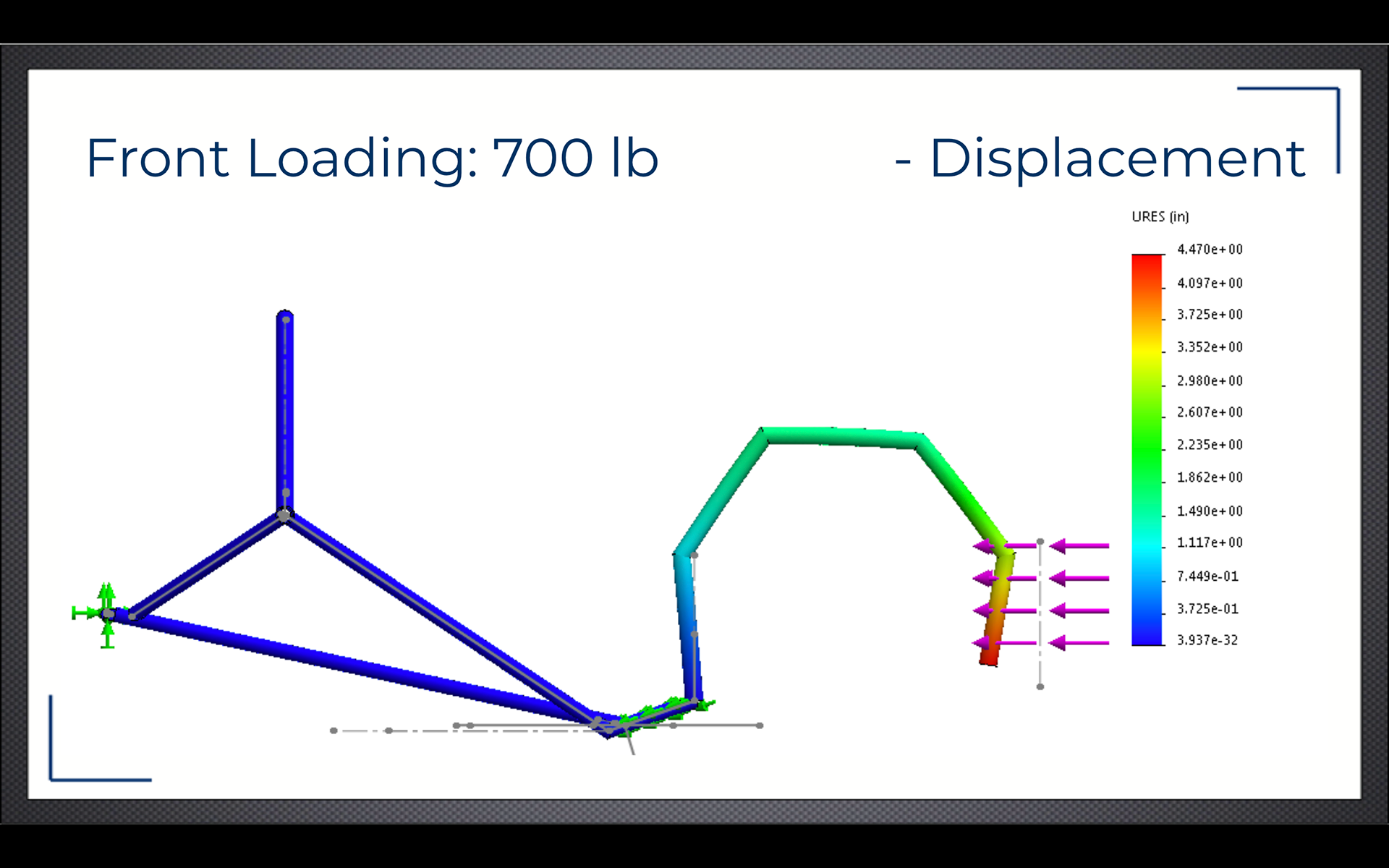
Unfortunately, the competition was cancelled and school machine shops closed due to the COVID-19 pandemic. We are now focusing our sights on the 2021 ASME competition, for which I will be serving as team lead.
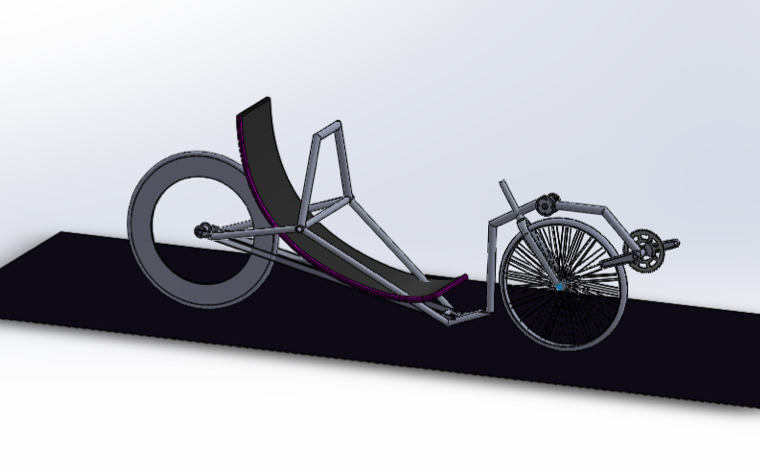
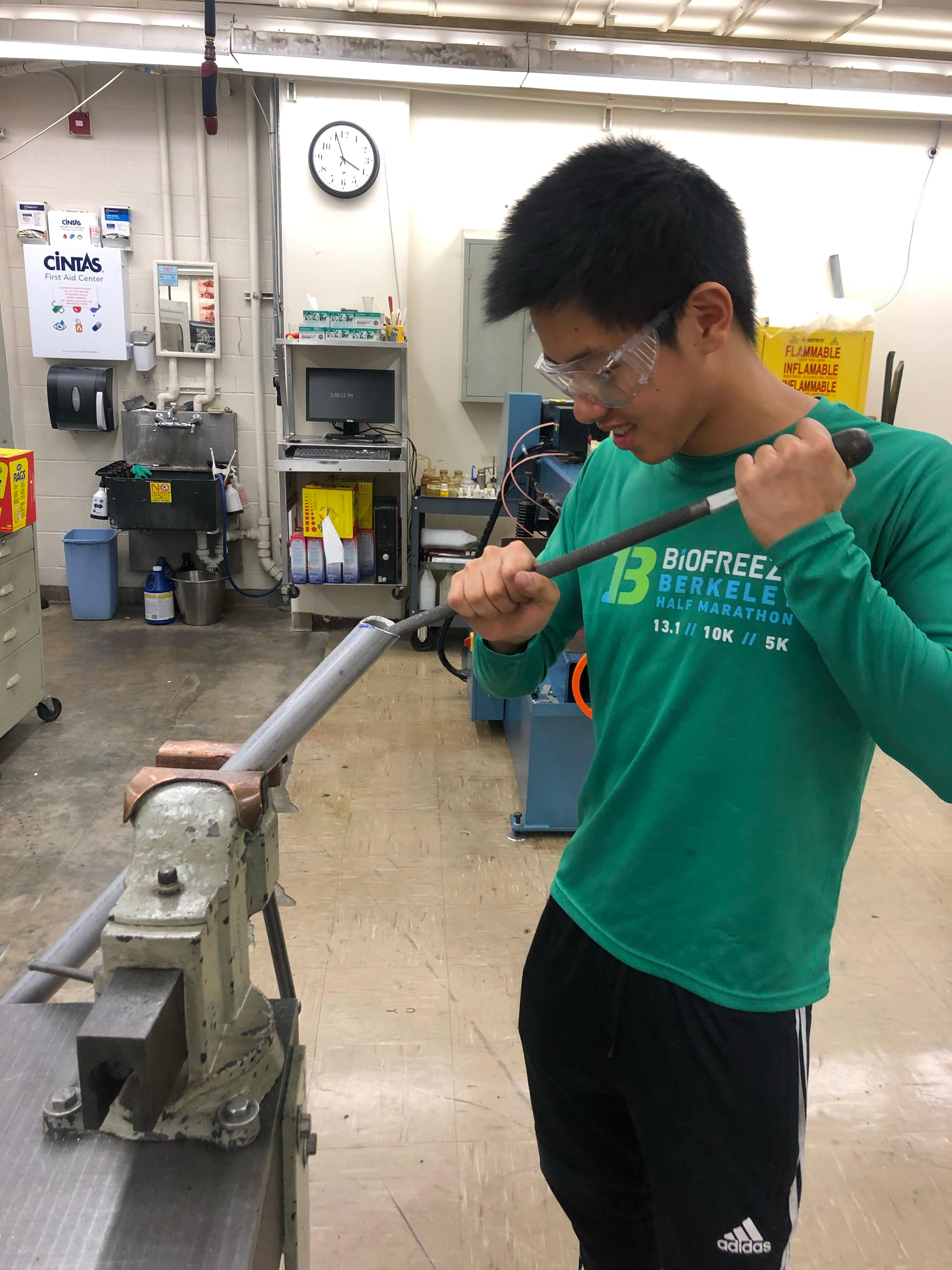
Voice Controlled Car
EECS 16B (Designing Information Devices and Systems), December 2019
Designed filtering circuitry and voltage regulation system to power varying circuit components. Performed principal component analysis on recorded audio clips to allow classification of commands. The final robot was capable of following commands to drive forward/backwards at varying speeds and make 90 degree turns. The project report can be found here.
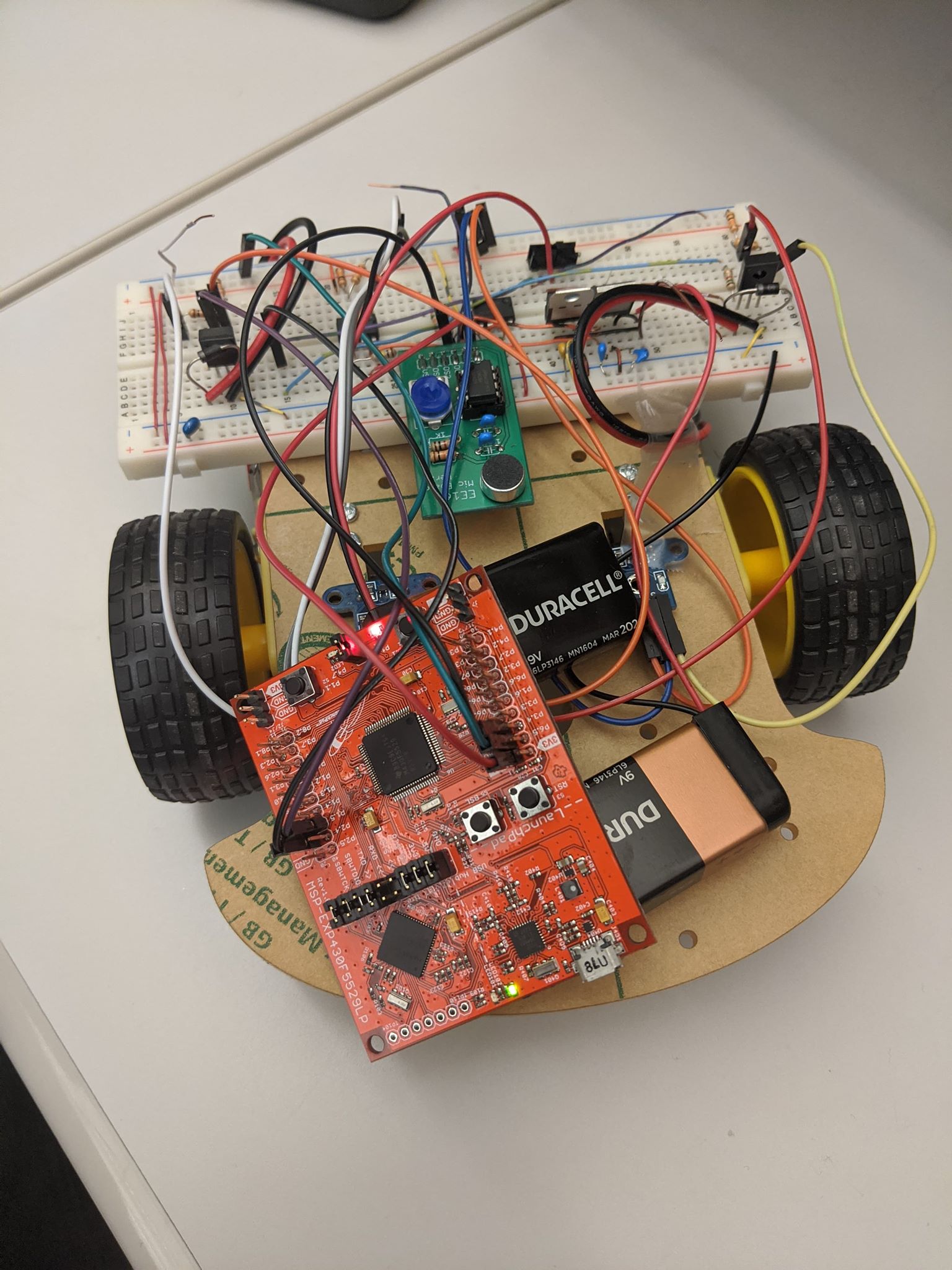
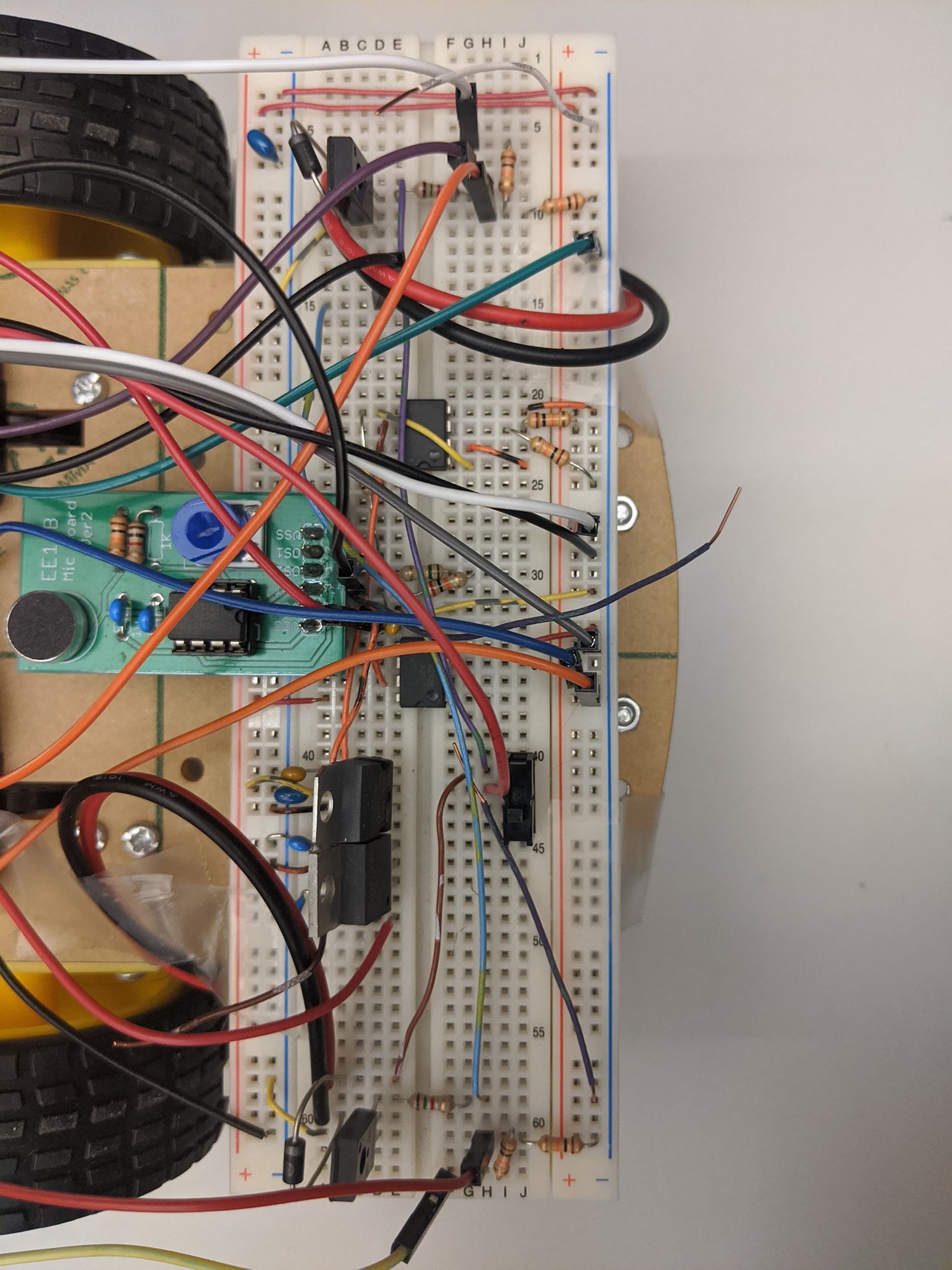
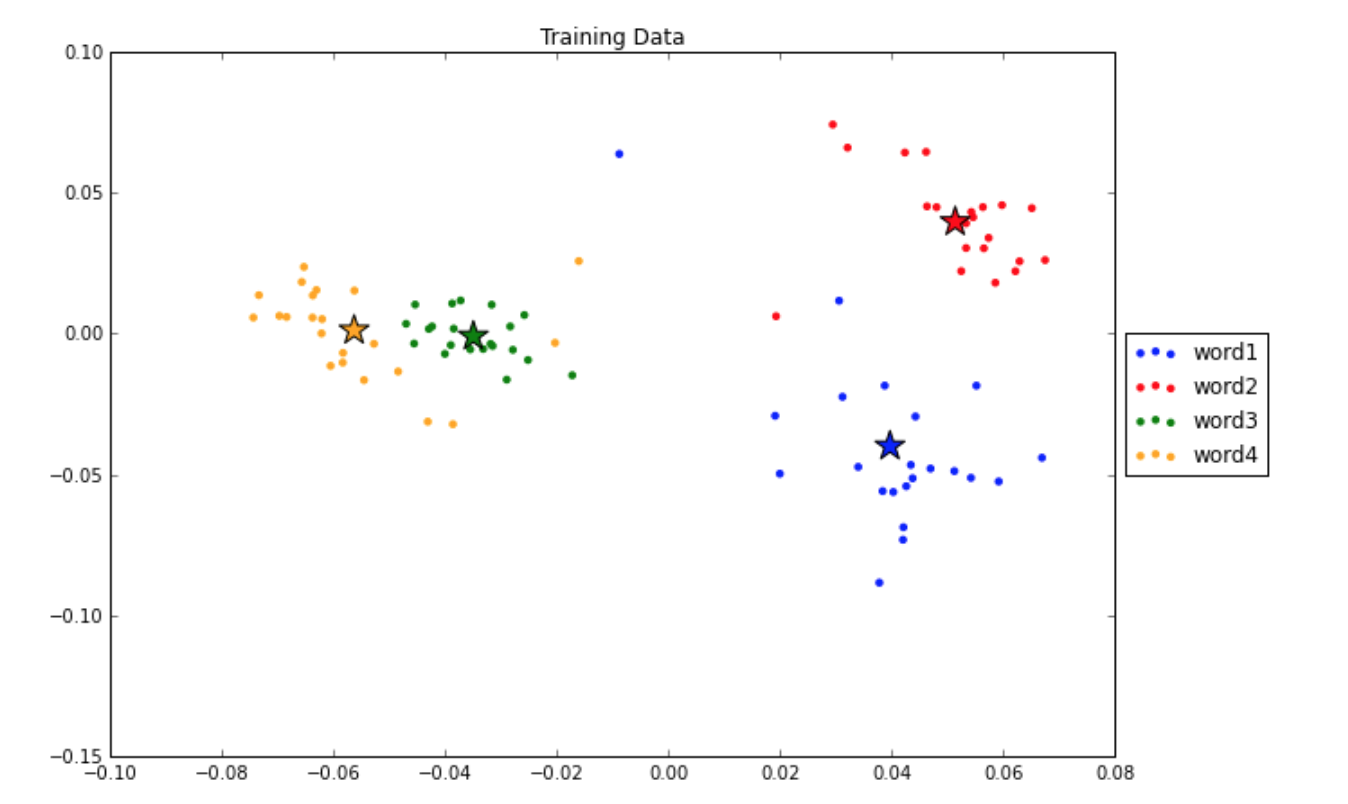
Gitlet
CS 61B (Data Structures), December 2019
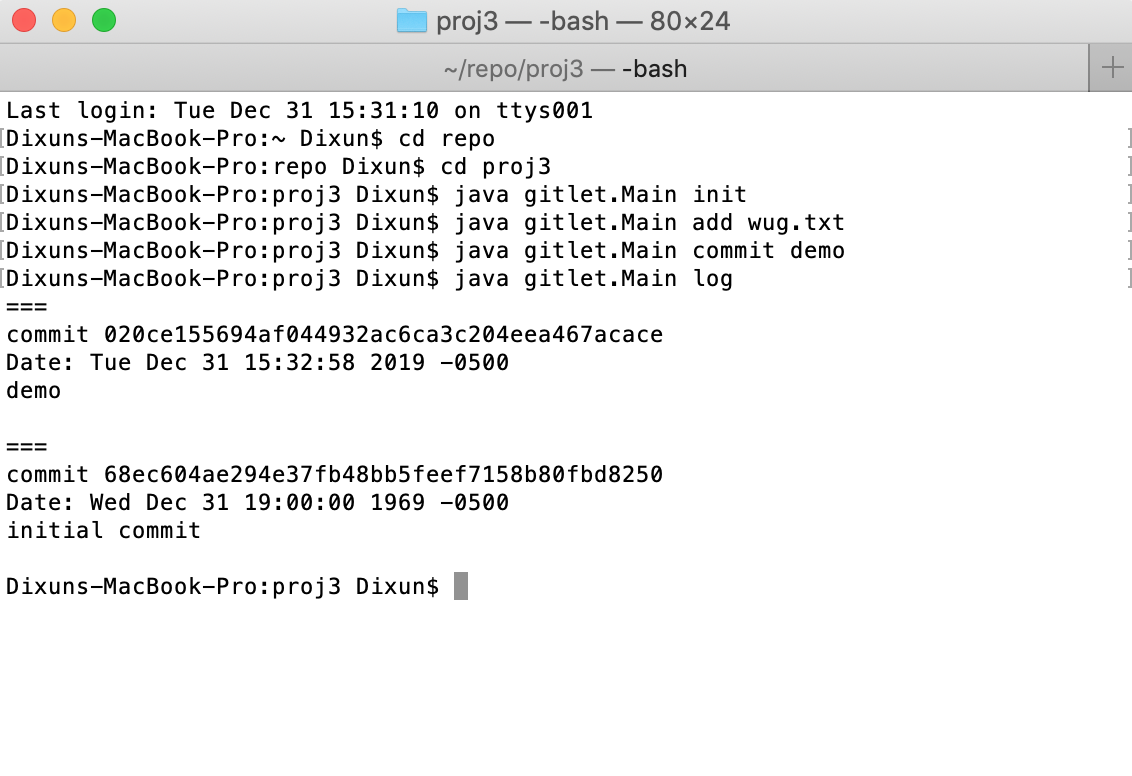
Built a version control system in Java similar to Git that allows for add, commit, push, merge, checkout functionality. Wrote file I/O methods and implemented HashMap and tree data structures.
3D-Printed Wind Turbine
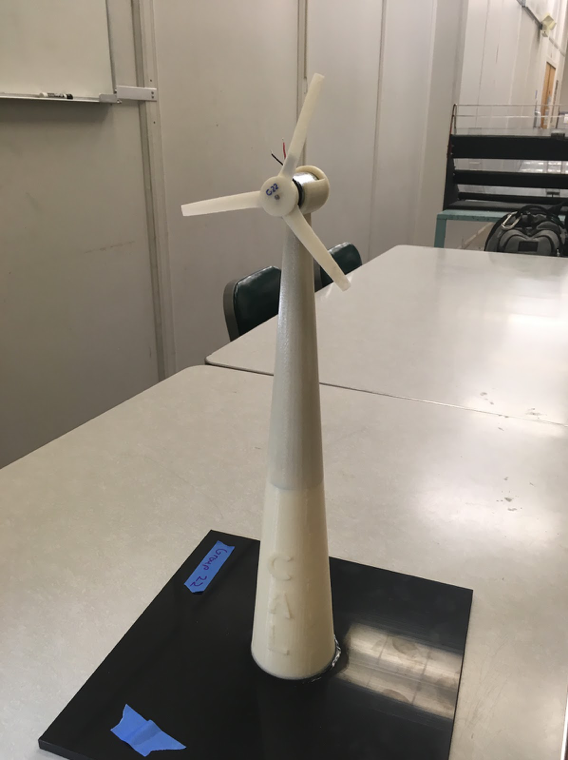
E 26 (3D Modeling for Design) Final Project, May 2019
In a team of five, we used SolidWorks to design a wind turbine tower and blade to maximize stiffness and power generation within certain restraints.
The final product reached a power efficiency 60% of the industry average. The project report can be found here.
Joy Con Wheel
Personal, January 2019
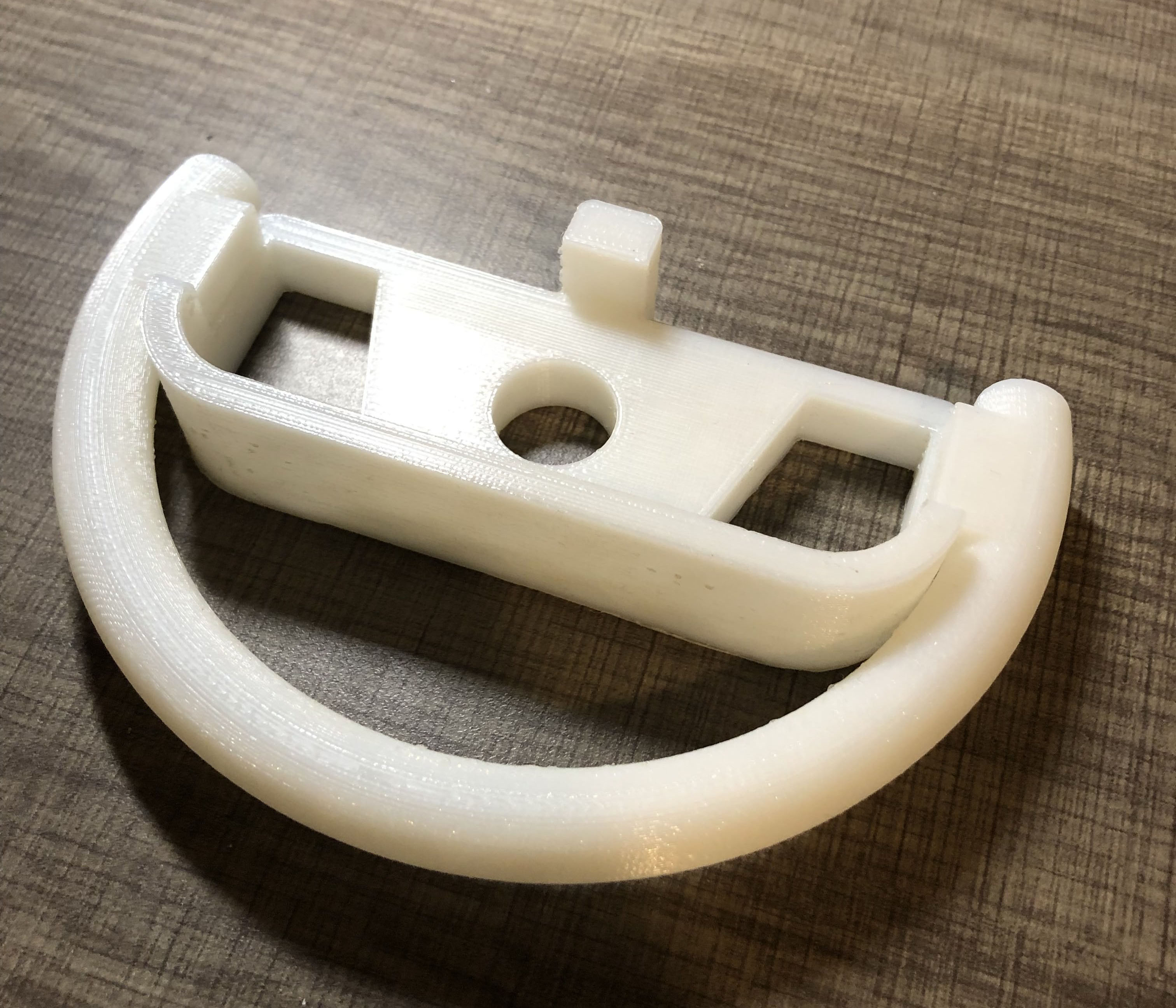
Designed and 3D printed a Nintendo Switch Joy Con controller wheel for driving games.
I iterated through several designs, improving them to fit the controller better and to feel more comfortable
when being used.
Piano Rack
Personal, October 2018
Built a wooden piano rack for a piano in a Berkeley dorm. The wood was cut using a jigsaw, bandsaw, table saw and sander. Pieces were assembled using wood screws combined with reinforcing pieces as well as wood glue.
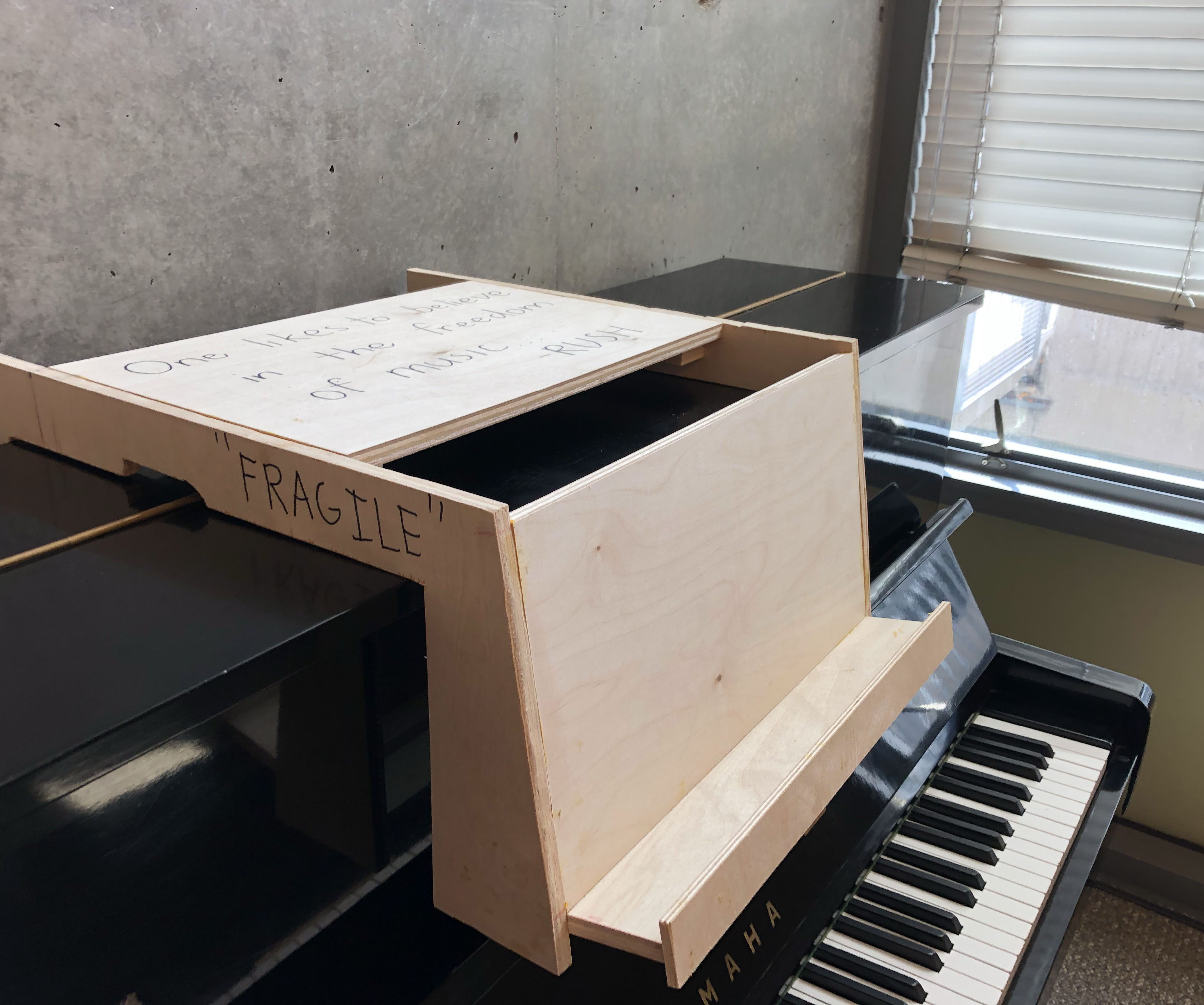
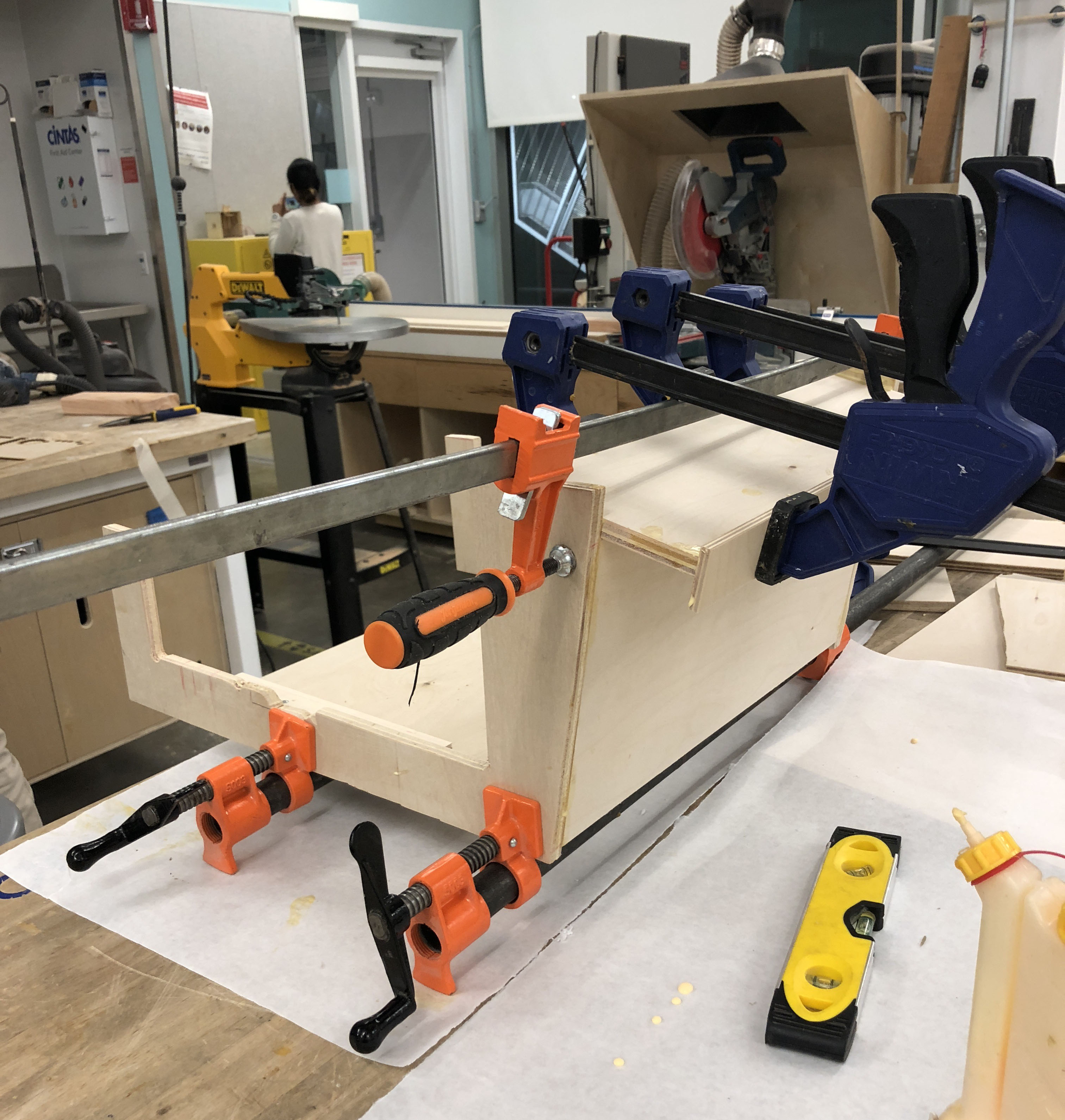
Phoenix
Self-Published Novel, 2017-2018
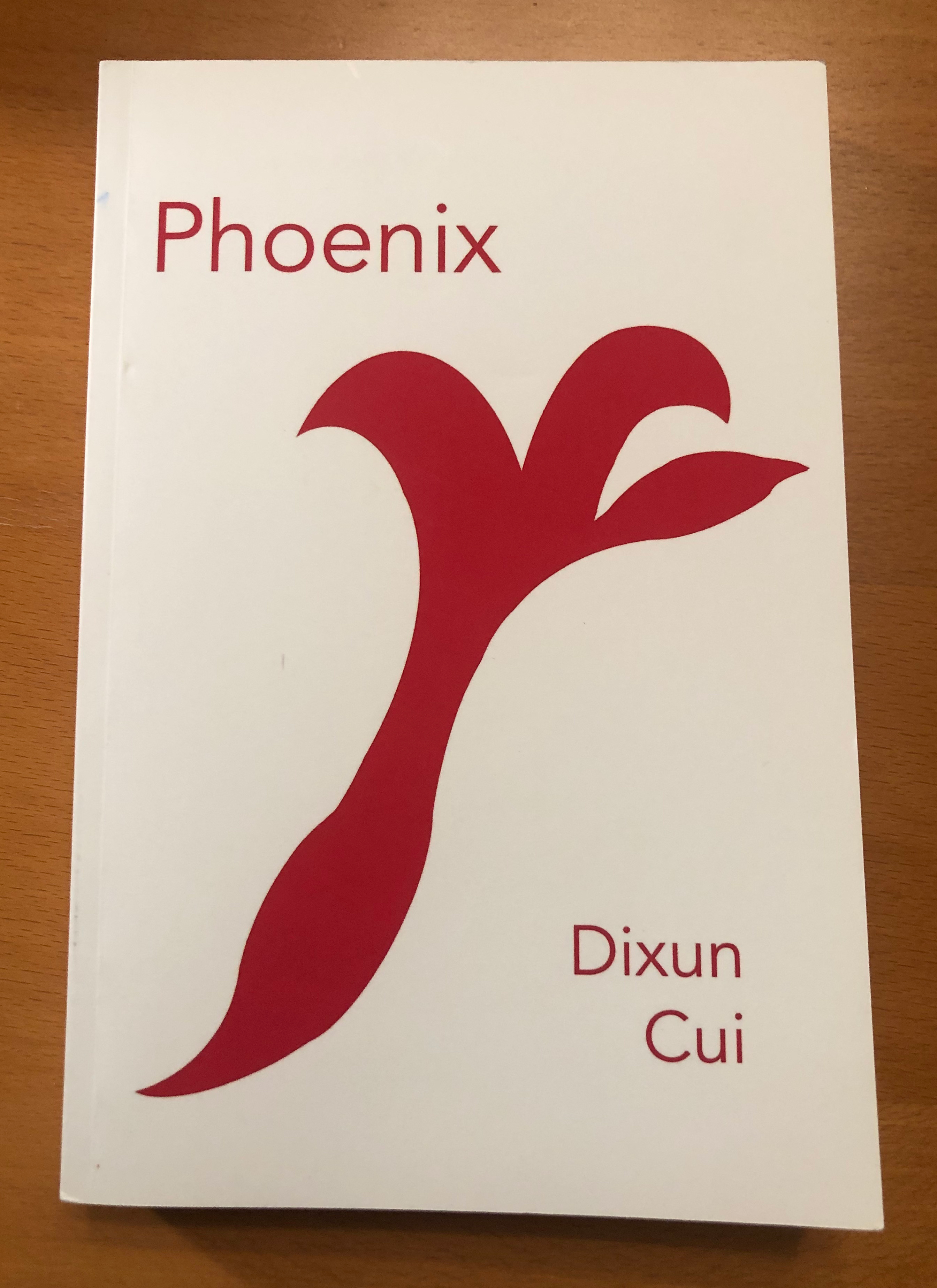
I wrote Phoenix during my senior year of high school. Having more free time during my last two semesters of high school and wanting to challenge myself, I decided to attempt to write a novel. An english teacher I had told me that the best way to write a good book was to write bad one first, so one night, as I laid on my bed, I pulled out my notebook and began writing what would become the prologue of Phoenix.
The novel is a coming of age story about a high school senior named Marcus living in a quiet town in the eastern US. After several events cause his life to fall apart, he embarks on an adventure across the country, taking him through places and events he never could have imagined experiencing.
Beyond the journey that came with writing a 90 000 word novel, being able to self-publish the book through a Amazon's Createspace service was a great learning experience for me. I saw how easy it is to turn visions into reality and the feeling of being able to hold a hard copy of my book was amazing. I hope to continue to write in the future and can't wait to bring more of my ideas to life.
Phoenix can be found on Amazon.